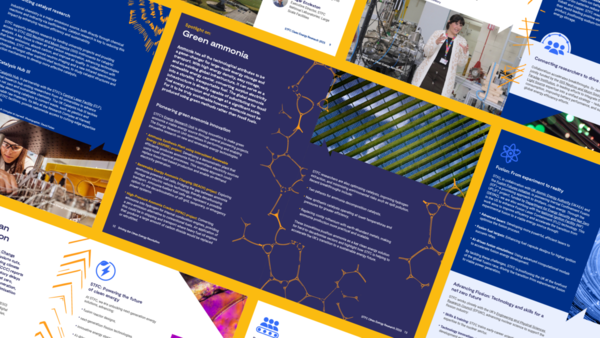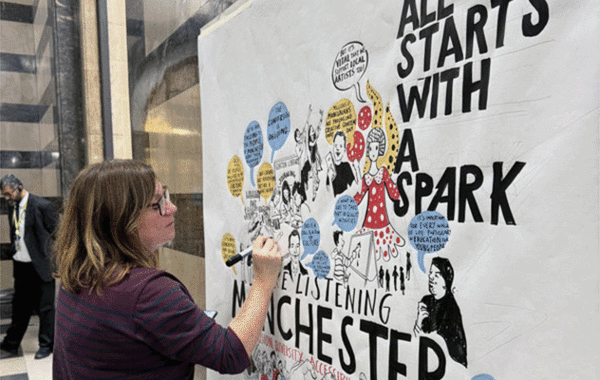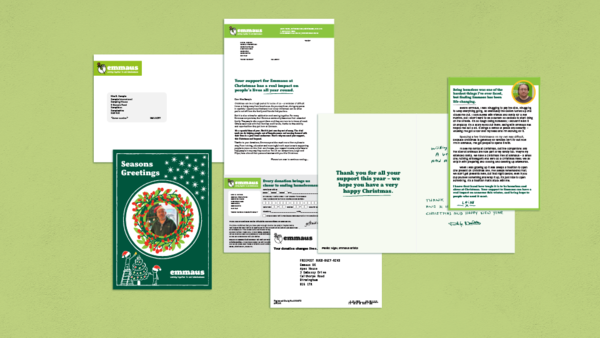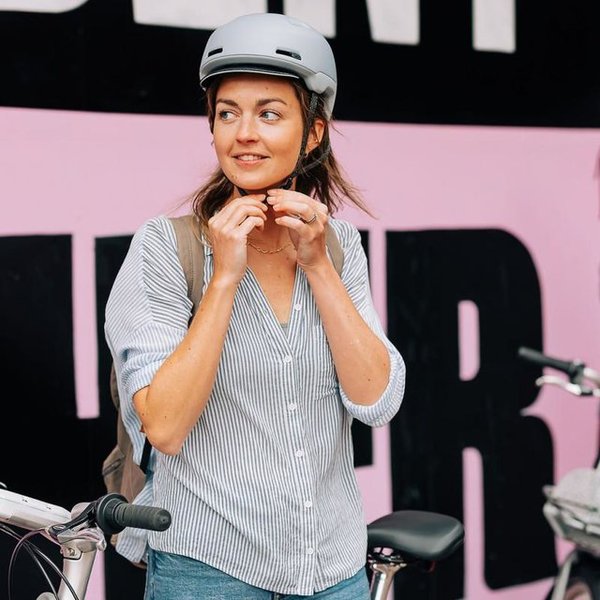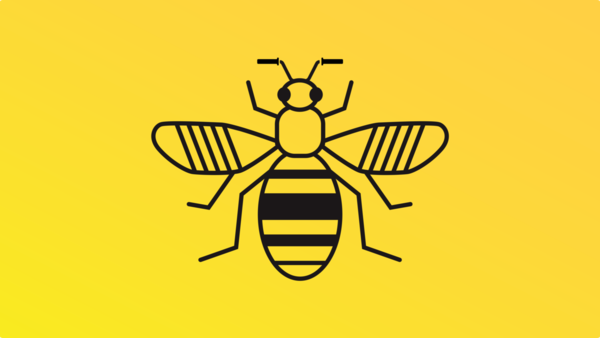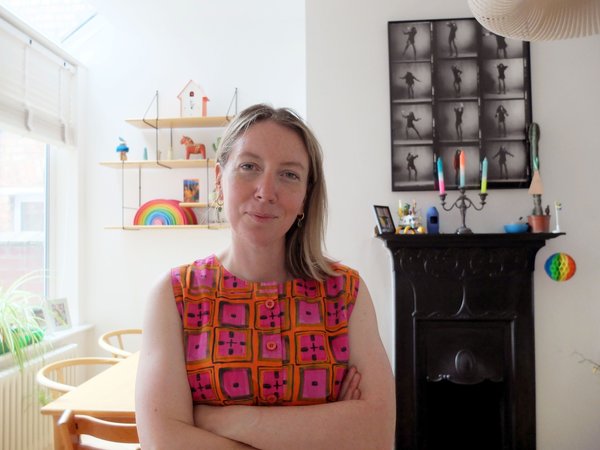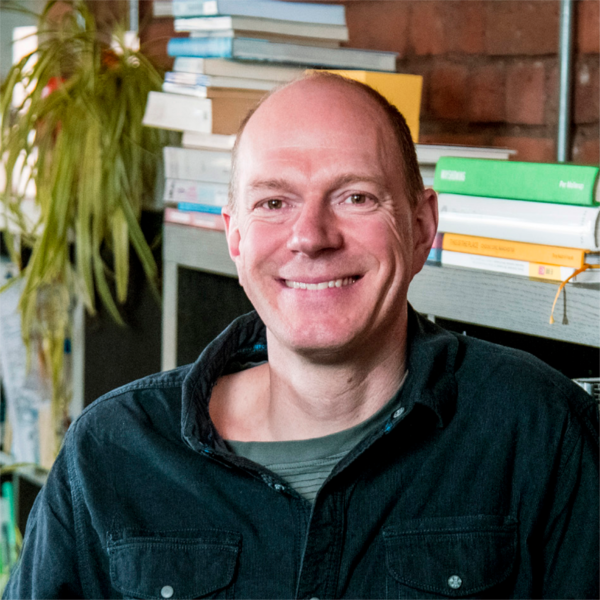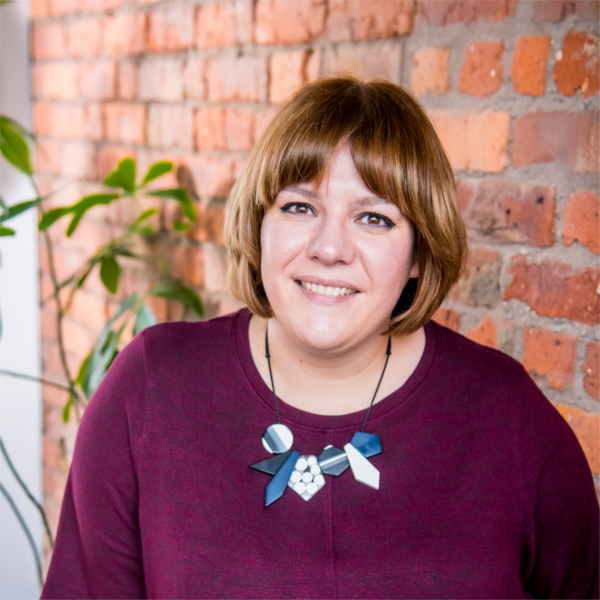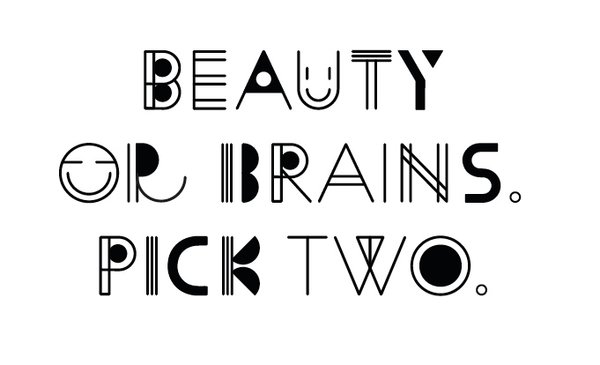Monthly Insight - The Power of Collaboration
At lot has been said about collaboration in the world of creativity. David Hockney famously said “collaboration is compromise”. For others, collaboration is at the core of their creative and business approach. At Creative Concern we work hard to find the best way to collaborate as a team and with external partners, bringing different disciplines together, combining visual minds with those who create with words, with motion or with campaign ideas. It is often these collaborative sessions that spark a new idea that no team would have had alone.
And for us, collaboration isn’t just about working with other creatives, it’s also about collaborating with those who have a vested interest in the challenge we are trying to solve. That might mean collaborating with the community as partners on a project; working alongside those with lived experience of an issue; or user groups who bring new insights and perspectives. It’s about finding the right methods to engage and include the right people. It’s about making sure we hear those voices who can often be marginalised in order to get to the right solution.
Collaboration at Creative Concern is about finding new and exciting ways to consult, create and communicate!
Collaborative highlights
There have been so many collaborative projects over the last couple of years that it’s hard to select a few, but here’s a taster of some of the projects that have had collaboration at heart.
Our recent work with transport has seen extensive collaboration with public transport users, marginalised groups, businesses and organisations to inform the Department for Transport (DfT), United Kingdom new integrated transport strategy.
A collaborative partnership with consultancy JustOne - Sustainability Solutions has seen us work across multiple projects with UK Research and Innovation. Most recently, we collaborated on the ‘Driving the Clean Energy Revolution’ report for the STFC (The Science and Technology Facilities Council) where we handled the visual design and JustOne provided the written content.
Our collaborations are international, too. Through our DoNotSmile Network in Europe, we have collaborated on the creation of sustainability communications guidance and toolkits and much more; while our work with the Round Table on Responsible Soy Association (RTRS) has seen us supporting global co-operation to bring many partners together around the challenges and opportunities for sustainable soy.
Back in the UK, we are currently creating a series of film e-learning resources with Alcohol Change UK – collaborating with those with lived experience on how frontline services can be improved, learning from their personal experiences. These resources will form part of local authority inductions to improve future service delivery.
And that’s just a taster.
Creative compromise?
Collaboration can be a challenge for sure and not everyone will agree on the best way to tackle a problem. But that’s the magic. That’s the spark that ultimately results in something of real value. So, is collaboration a creative compromise? Well, maybe, but it’s a compromise for the right reasons, that has been explored, wrestled with and looked at from multiple viewpoints. It’s been through the creative washing machine and survived the spin cycle. And it’s a better idea as a result.
And when it comes to progressing sustainability and the big changes we need to see in the world, we believe collaboration and co-operation are critical – there is simply too much to do for us to work in isolation.
It’s not often we draw on Japanese verse, but Japanese poet Ryunosuke Satoro puts it perfectly: “Individually, we are one drop. Together, we are an ocean.” We’d much prefer to swim in the ocean.
If you’d like to talk to us about a potential collaborative project, or find out more about our approach, please drop us a line and we’ll fix up a conversation.
